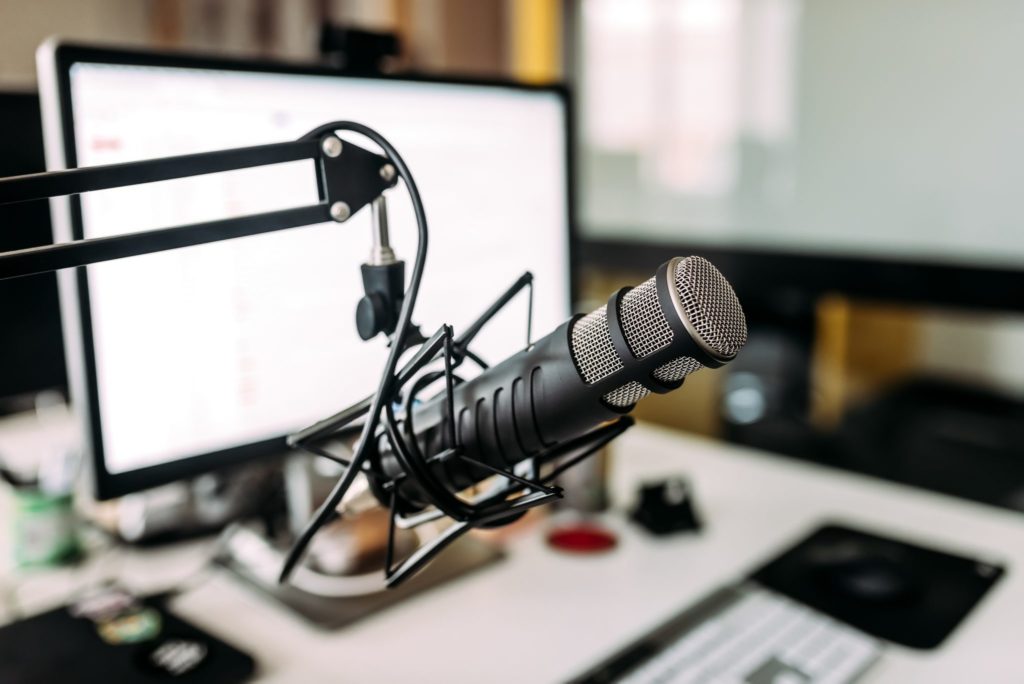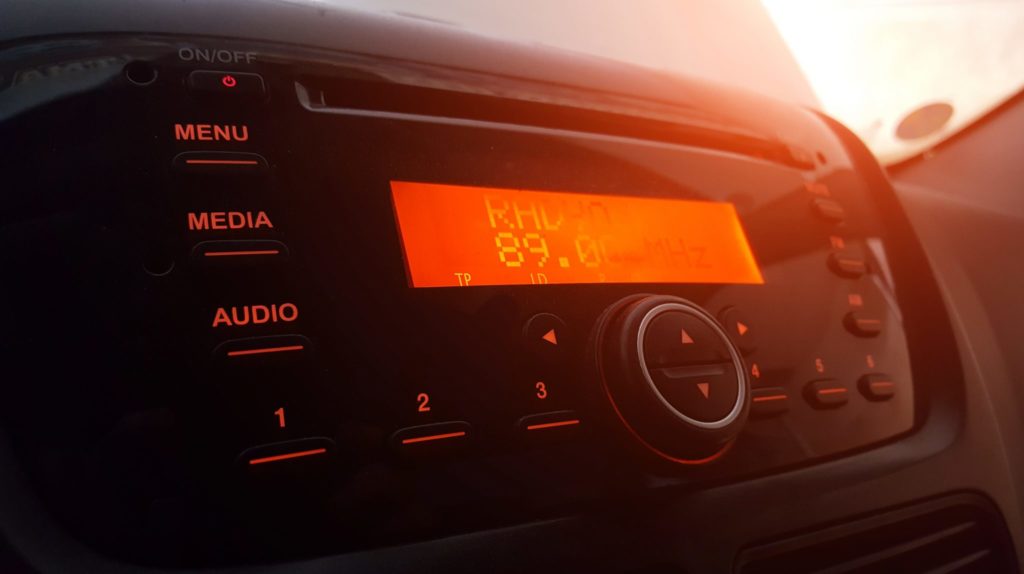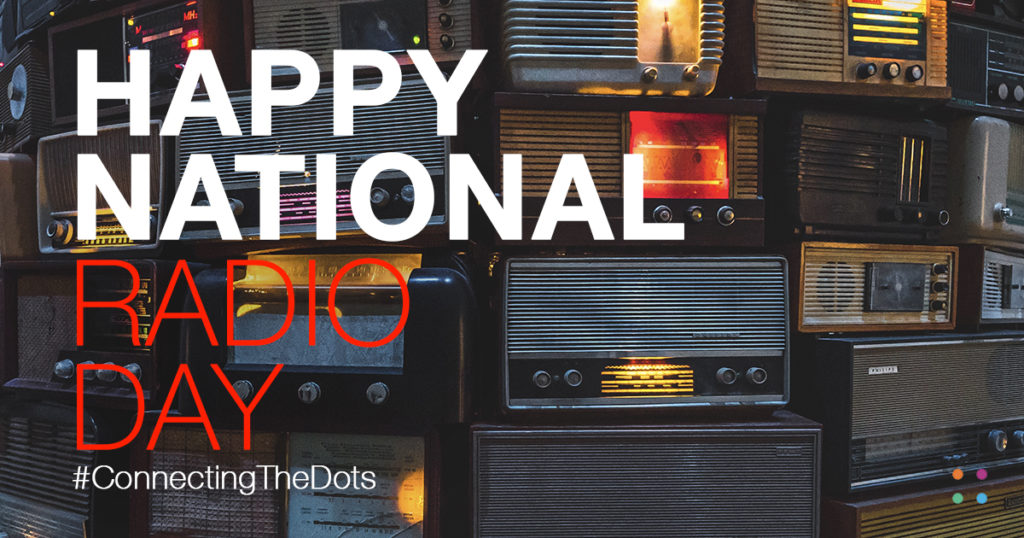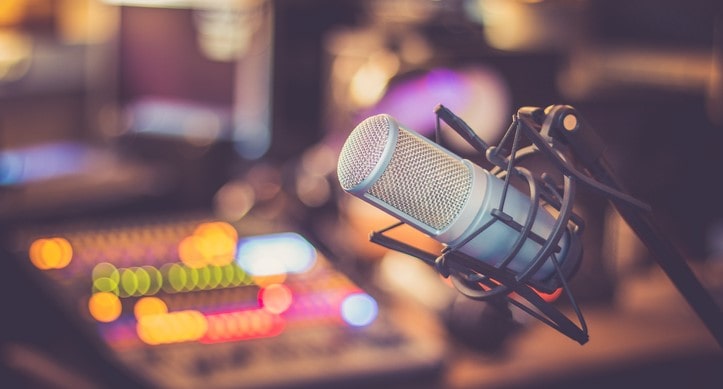Today (Tuesday, August 20th, for those reading later) is National Radio Day. It’s a day set aside to honor one of America’s oldest media, and to reflect on its past as we look to its future.
At 4media group, we have a surprising number of radio veterans. Shock jocks turned marketers. Board operators now master media planners. Sports guys, traffic on the six readers, who are now in PR. And when you ask any of them a leading question like, “what happened to radio?” they’ll look at you confused.

Nothing has happened to radio.
We’ve written recently about Millennials, and how they’re helping keep terrestrial radio alive and well; and we’ve also identified its value in traditional media tactics like a radio media tour, where its massive reach makes it a great value – albeit an underused one.
But what we want to do today is talk about the cycle of audio entertainment, and how radio always plays in somehow, and somewhere. Time for a brief and very recent history lesson.
It’s the early 2000’s, and FM radio is experiencing the first of its many tolling bells as Sirius XM and other satellite radio takes off. Guys like Howard Stern are finding a new platform – unedited, less constrained, subscription-based. The model makes sense. Billboard reporter Sean Ross writes about how excited the local newspaper rock critics were for satellite radio at its launch, a statement funny in hindsight.

It’s late 2004 and people are getting iPods. In 2005, iTunes 4.9 is released with native support for podcasting. People start to take notice. If Sirius XM was a new frontier in audio communications, this is the wild west. There aren’t really rules. No one is completely sure how to monetize. But if you’ve got some microphones, a computer, a topic, and a personality, then you’re on track to podcasting. At the time, proclamations of podcasting’s potential were everywhere: it was the new blog; it would overtake all forms of radio. And here we are: In 2019, where none of that, and all of that, sort of happened.
Podcasts are popular. There are also a ton of them, with over 750,000 shows and 30 million episodes. That guy from Fear Factor is beloved, your neighbor mentions how he’s ‘gonna start podcasting’ at every barbeque, and topics range from religion to financial advice to comedy and beyond. If there’s a niche or a subculture, there’s probably a podcast for it.
This history lesson was warranted for National Radio Day because it underscores why radio is still around and isn’t going anywhere. Radio is the backbone of the audio industry. It is still holding all of these fragmented pieces, like one of those spiders carrying its babies on her back. When you try and step on it, they just go everywhere and do their own thing.
Radio and the entire industries it gave birth to are unique because they are personal. All audio will always be personal because it feels to the listener like a one-on-one conversation. And no matter the medium, that remains true.
You can listen to a podcast on the radio now. People are telling their smart speakers to tune into local stations, which are being broadcast not on XM, but with apps like iHeartRadio that back terrestrial channels. And speaking of XM, it’s fine too – where Sirius purchased Pandora and is doing its utmost to merge those formats into something meaningful, while at the same time engaging in pretty cool limited partnerships with global superstars like Dave Matthews and giving Howard Stern free rein on his own channel.

In the final assessment, radio remains here to stay, and it remains an incredibly impactful means of reaching, well, almost anyone. If you want to add radio options to your strategic planning in 2019 and beyond, reach out. We’re here to help.
Happy National Radio Day. Tune in on your drive home.
